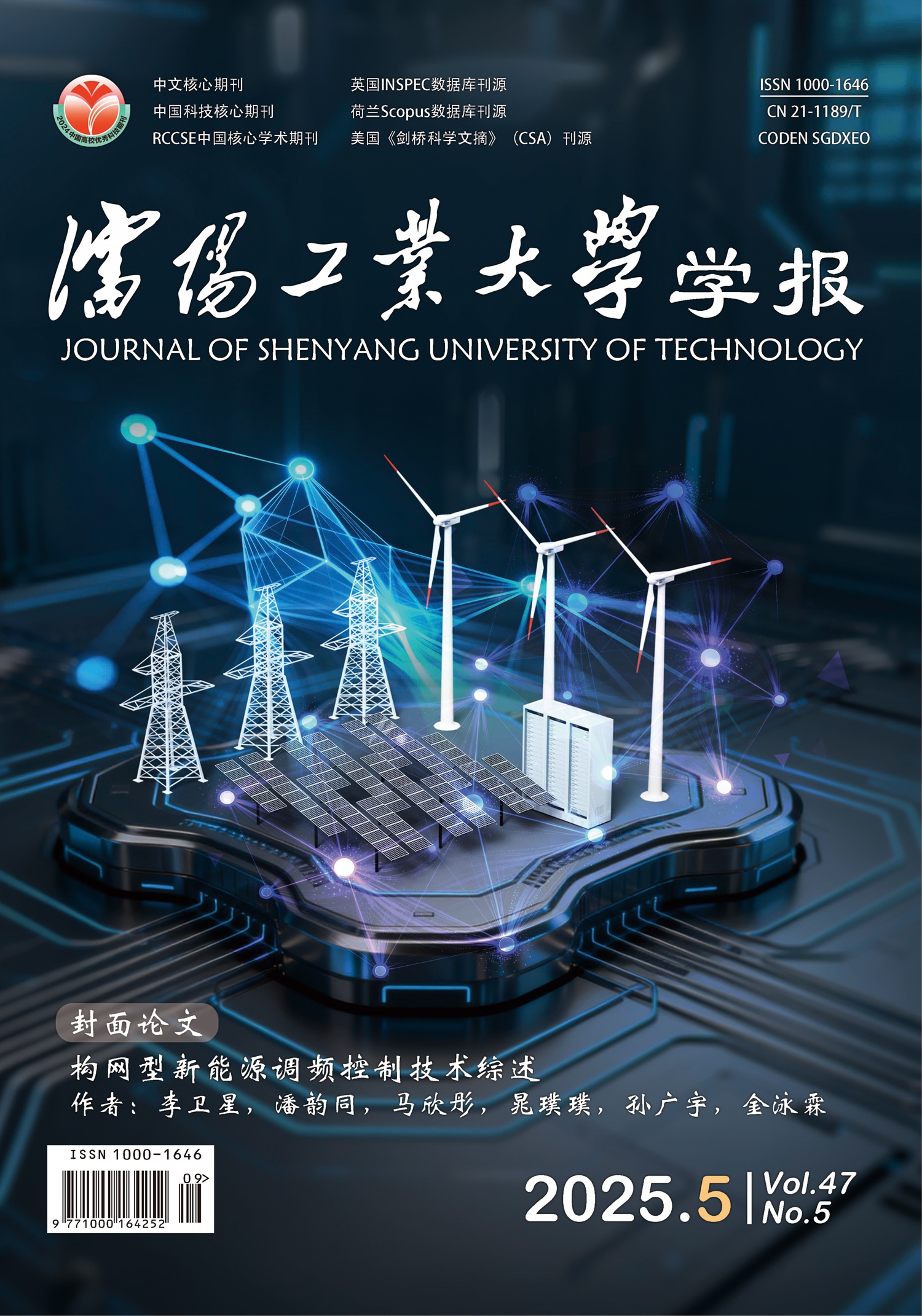SUN Huilan, LIU Jiaxin, LI Zhaojin, YUAN Fei, WANG Bo
[Objective] In recent years, the development of lithium-ion batteries have encountered bottlenecks such as slow energy density improvement, high cost and narrow temperature adaptation range. Potassium-ion batteries featuring low cost and high energy density have become the ideal choice for the next generation of large-scale electrochemical energy storage systems. Phosphate fluoride (KVPO4F) serves as the first-choice cathode material for potassium-ion batteries due to its solid three-dimensional framework and high operating voltage. However, the repeated embedding/removal of large potassium ions in the charge and discharge process will cause structural pulverization to KVPO4F, resulting in rapid capacity decay and poor cyclical stability. Moreover, the structure formed by the covalent bond of the coordination polyhedron restricts the electron transfer mode, greatly hindering the dynamics performance of KVPO4F cathode material, and resulting in poor magnification behavior and low actual capacity. The modification of KVPO4F material is usually studied by such strategies as element doping, carbon coating, and morphology engineering to improve the capacity, magnification and cyclical stability of KVPO4F cathode material, and thus enhance the potassium storage performance. However, due to the imbalance between lattice spacing, crystal face exposure and V3+ content, the capacity, magnification, and cyclical stability are difficult to be improved simultaneously. The synthesis of KVPO4F cathode material usually consists of two successive heat treatment steps, including the preparation of the VPO4 precursor and the secondary calcination of VPO4 mixed with KF to produce KVPO4F. Therefore, the crystal structure of VPO4 is bound to affect the particle size and crystal face orientation of KVPO4F, thus affecting the potassium storage stability of KVPO4F. [Methods] A series of VPO4 materials were prepared by the sol-gel and high-temperature annealing method, and the effects of different VPO4 materials on the lattice and electrochemical properties of the final product KVPO4F were studied. [Results] The results show that VPO4 prepared at different temperatures can significantly affect the lattice exposure intensity, lattice spacing and V3+ content of KVPO4F. As the temperature rises from 700℃ to 800℃, the lattice exposure intensity, lattice spacing and V3+ content increase first and then decrease. When VPO4 annealed at 750℃ is employed as the precursor, the prepared KVPO4F has the most intense lattice plane exposure, the largest lattice spacing and the highest V3+ content, which ensures excellent structural stability, ion migration and ion storage quantity during the charge and discharge process. The electrochemical property test shows that after 30 cycles at 0.2 C (1 C=131 mA/g), the specific capacity of KVPO4F is 57.3 mAh/g, much higher than that of the control sample under the same conditions. Additionally, the reversible specific capacity of KVPO4F at 0.2 C, 0.5 C, 1 C, and 2 C is 62.1, 53.8, 44.6, and 30.6mAh/g, respectively. [Conclusion] Based on VPO4 regulation, this study determines the effect of precursor VPO4 on the microstructure of the final product KVPO4F, and reveals the internal mechanism of improving electrochemical properties, laying a sound foundation for obtaining high-capacity KVPO4F cathode material.
